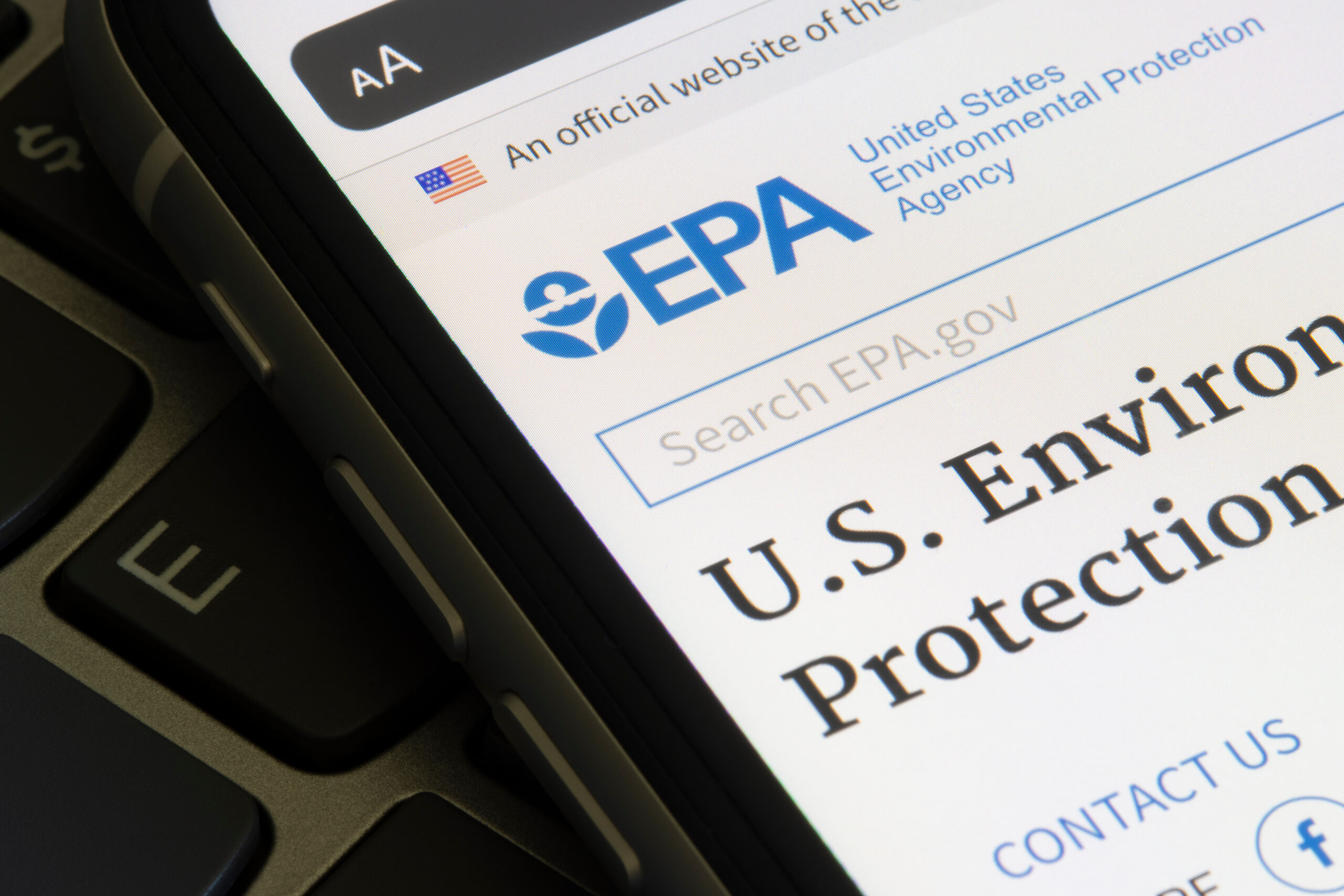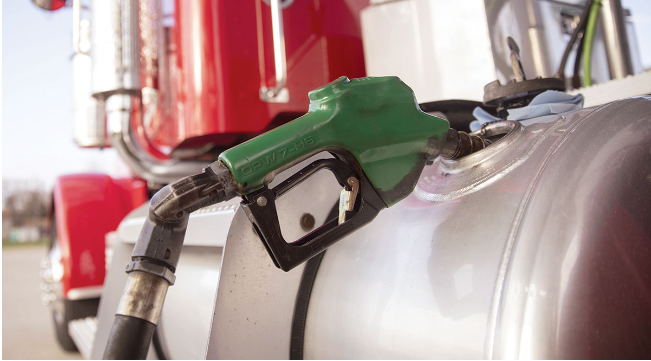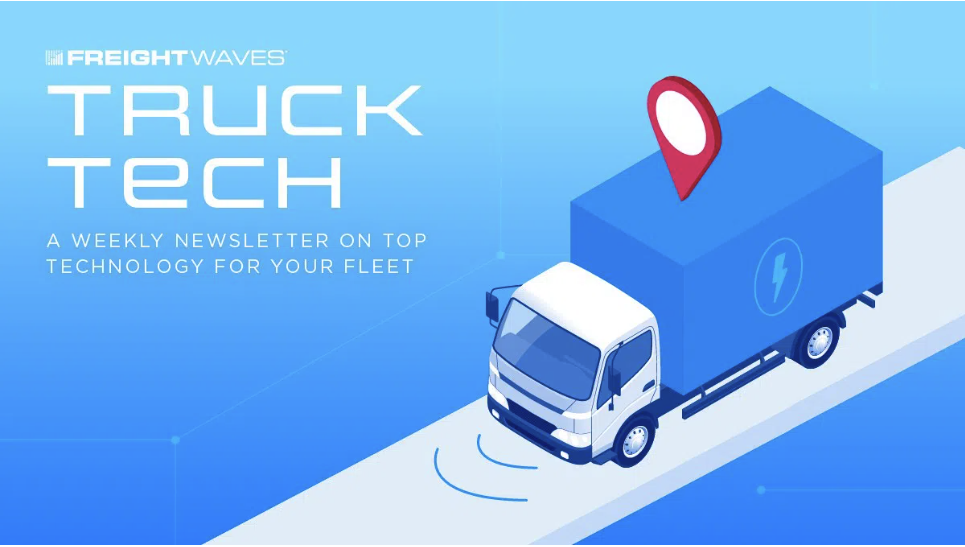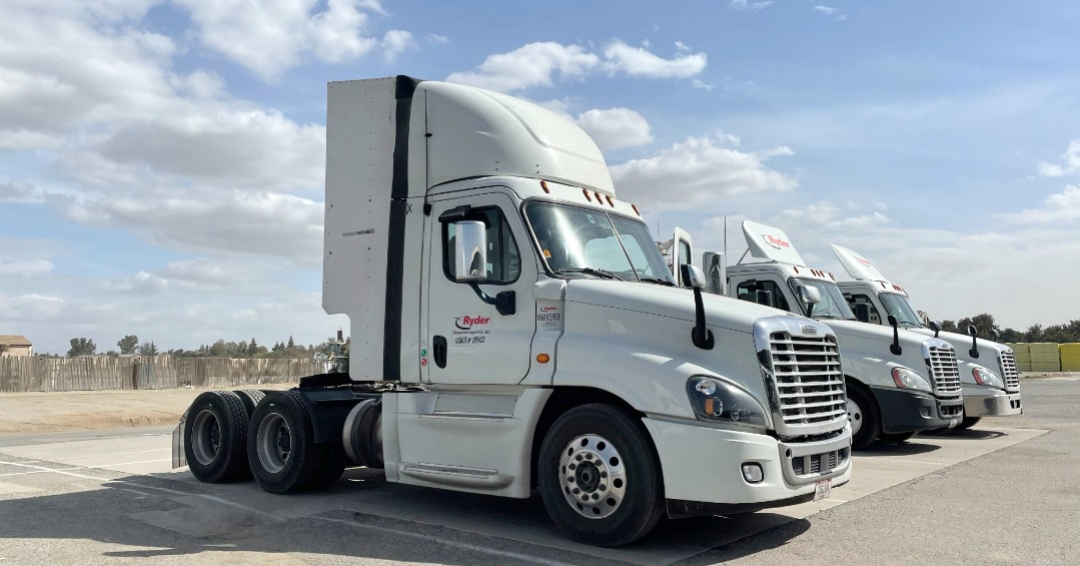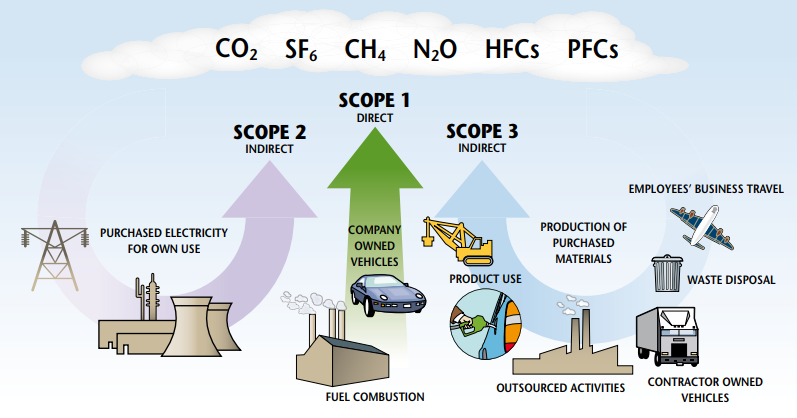Modern businesses’ focus on environmental, social, and governance (ESG) strategies is increasing. Reports reveal that ESG-focused assets will reach $33.9 trillion by 2026, highlighting the growing importance of these issues.
ESG is especially crucial for trucking companies, which rely on natural resources and directly impact the environment. Companies prioritizing ESG initiatives can reduce operational costs, improve employee morale, and attract potential investors.
In this article, we’ll examine ESG strategies for businesses, including their benefits, significance, and implementation in the trucking industry.
What Is an ESG Strategy?
An ESG strategy is a blueprint for how a business approaches environmental, social, and governance issues. It’s a plan that outlines the company’s goals and actions to address ESG concerns and the resources and strategies needed to achieve those goals.
Embracing ESG is essential to mitigate environmental impact, enhance community relations, and uphold high governance standards. For trucking companies, effective ESG strategies include investing in fuel-efficient vehicles, embracing sustainable practices, and focusing on employee wellbeing. Additionally, companies should strive to create socially responsible supply chains and prioritize diversity and inclusion.
Why Your Company Needs an ESG Strategy
A well-defined ESG strategy significantly benefits your company and all its stakeholders. Here’s why it’s essential:
- Stakeholder Trust: Implementing an ESG strategy enhances transparency and fosters trust among stakeholders — customers, investors, and employees alike. This trust is fundamental for nurturing long-term relationships and ensuring business sustainability.
- Improvement Opportunities: An ESG strategy not only identifies areas needing enhancement, particularly in operational efficiency and ethical practices, but also opens avenues for cost savings and operational improvements.
- Risk Mitigation: With an ESG strategy, companies can anticipate and mitigate various risks, including environmental, social, and regulatory challenges.
- Compliance: As regulations surrounding sustainability and ethics evolve, an ESG strategy ensures your business remains compliant, helping you stay ahead of legislative changes.
ESG Strategy Benefits
Adopting an ESG strategy is a wise business decision that offers many benefits. Here’s how ESG planning can enhance your company’s financial performance and reputation.
Enhanced Competitive Edge
Embracing an ESG strategy positions your company as a leader in sustainability and ethics, setting you apart from competitors. This forward-thinking approach distinguishes your brand in the marketplace and resonates with customers and investors committed to long-term sustainability.
Improved Employee Attraction and Retention
Today’s workforce is increasingly seeking employers with values that match their own, particularly in the areas of environmental and social responsibility. A solid commitment to ESG principles makes your company attractive to talented individuals looking for meaningful work, leading to higher retention rates and a more engaged workforce.
Streamlined Regulatory Compliance
With regulations on ESG issues, such as emissions limits, becoming stricter, a robust ESG strategy simplifies compliance. This proactive stance helps avoid penalties and maintains a positive reputation, ensuring your business adapts to regulatory changes seamlessly.
Reduced Operating Costs
ESG initiatives often drive more efficient use of resources and waste reduction, allowing companies to cut back on unnecessary expenses. This focus on efficiency aligns with environmental and social goals and contributes directly to the bottom line. By prioritizing ESG principles, companies can lower energy bills, operating costs, and other expenses.
Strengthened Financial Performance
A commitment to sustainable and ethical practices attracts more investors and customers, boosting revenue. Moreover, the operational efficiencies and cost savings from ESG efforts translate into increased profitability. This sustainable approach to business fosters long-term growth and financial stability.
How to Develop an ESG Strategy in 6 Steps
Developing an effective ESG strategy is crucial to the success of your company. Here are six essential steps to build a comprehensive and impactful ESG plan.
1. Assess Current Practices
Begin by conducting a thorough audit of your company’s performance in key ESG areas, such as:
- Greenhouse gas emissions
- Water usage
- Waste management
- Health and safety practices
- Labor standards
- Governance and board compensation
Additionally, perform a materiality impact assessment to pinpoint the factors most significantly impacting your business, including dependencies on volatile resources like oil and gas. This initial assessment is crucial for developing a strategy tailored to your company’s needs and challenges.
2. Gather Stakeholder Insights
The second step in developing your ESG strategy involves deep engagement with your stakeholders, including suppliers, customers, and employees. Their perspectives are crucial to understanding expectations around sustainability and social responsibility.
Engaging with stakeholders offers insight into their priorities and can help you shape their perception of your company’s ESG practices. By integrating these perspectives, your ESG plan will better align with stakeholder expectations, reflect their values, and tackle critical issues effectively. This approach strengthens the connection between your company’s actions and stakeholder concerns, establishing a robust foundation for your ESG initiatives.
3. Set Practical ESG Goals
Using insights from initial assessments and stakeholder feedback, establish ESG goals that resonate with your company’s mission and vision. Make sure these goals are closely connected to your long-term business plans.
Developing a roadmap with interim milestones for regular review and benchmarking against industry standards promotes accountability and visibility. This systematic approach ensures effective tracking and progress toward your overarching ESG objectives.
4. Develop a Focused Strategy
With your ESG goals clearly defined, the next crucial step is to devise a comprehensive action plan for achieving these objectives. Identify specific, impactful initiatives such as moving towards renewable energy or fostering better employee well-being. Assign these tasks to dedicated team members and clearly define their roles and responsibilities. This approach ensures everyone is aligned and understands their contribution towards the company’s ESG commitments.
5. Implement and Monitor Progress
To monitor and measure success, define ESG metrics and key performance indicators (KPIs) relevant to each initiative. Gather data, case studies, and testimonials to gauge the effectiveness of your initiatives against your ESG metrics and KPIs. This evidence is vital for evaluating your strategy internally and communicating progress externally.
Keep stakeholders informed with regular ESG reporting that offers comprehensive evaluations annually and more frequent updates to your board and senior management. Monitoring and reporting your ESG strategies continuously is essential to align them with your organization’s goals and make adjustments as needed.
6. Engage in Continuous Improvement
As regulations, industry trends, and stakeholder expectations continue to change, maintaining a relevant ESG strategy is essential. Review and refine your approach regularly based on current needs and technological advances. Proactively address any areas that aren’t meeting expectations and remain open to new opportunities for enhancement. An effective ESG strategy is not a static plan but a dynamic, continuous journey toward sustainability and ethical excellence.
TruckLabs Is Steering the Future of ESG Strategy in Trucking
An effective ESG strategy is crucial for businesses today, helping companies align with current values, improve brand reputation, and make operations more efficient. Building an effective ESG strategy, from evaluating current practices to embracing continuous improvement, is vital for sustainable growth, competitive edge, and financial stability.
TruckLabs provides sustainability solutions that match ESG goals, helping trucking companies reduce fleet emissions with green technologies like TruckWings. For companies focused on improving their ESG strategies — particularly in reducing environmental impact and operational costs in trucking — TruckLabs is a valuable partner. Explore our resources or get in touch to see how TruckLabs can assist with your ESG strategy.

